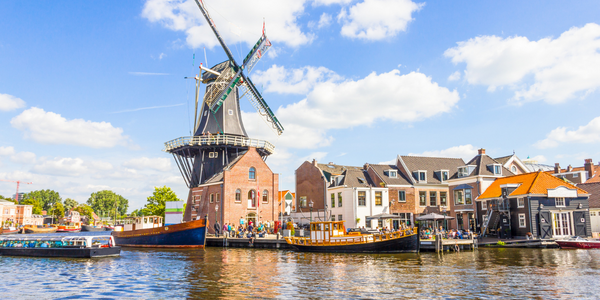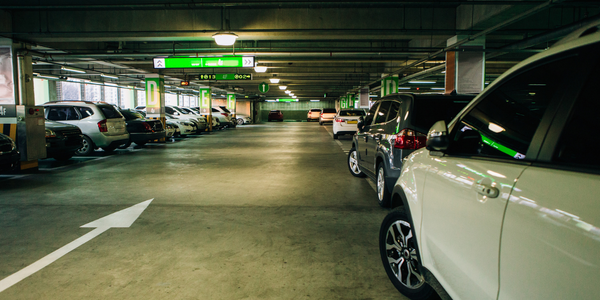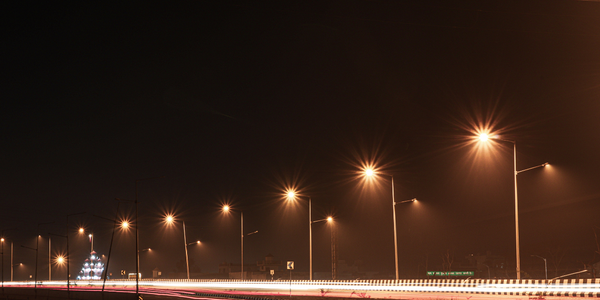Data-Driven Parking Solutions Transform Santa Monica's Parking Management System
公司规模
Large Corporate
地区
- America
国家
- United States
产品
- IPS Solar-Powered Single-Space Parking Meters
- IPS Vehicle Detection Sensors
- IPS Data Management System
技术栈
- Web-Based Management System
- Solar Power Technology
- Wireless Telecommunications
实施规模
- Enterprise-wide Deployment
影响指标
- Revenue Growth
- Customer Satisfaction
- Productivity Improvements
技术
- 功能应用 - 远程监控系统
- 网络与连接 - 无线局域网
适用行业
- 城市与自治市
适用功能
- 设施管理
用例
- 智慧城市运营
- 预测性维护
- 远程资产管理
服务
- 软件设计与工程服务
- 系统集成
关于客户
Santa Monica is a vibrant Southern California beach city known for its bustling downtown area and iconic attractions. It attracts over 20 million vehicles annually, with nearly 12 million of those vehicles utilizing the city's parking meters. The city is committed to providing a seamless and efficient parking experience for residents and visitors alike. However, managing such a high volume of vehicles with limited personnel and financial resources posed significant challenges. The city sought to modernize its parking infrastructure to enhance operational efficiency and customer satisfaction. By leveraging cutting-edge technology, Santa Monica aimed to become a model for data-driven parking management.
挑战
Santa Monica faced significant challenges in managing its parking system due to the high volume of vehicles and limited resources. With over 20 million vehicles visiting annually and nearly 12 million parking at the city's meters, the existing infrastructure was under strain. The city had only three meter technicians to service nearly 6,000 meters, making even simple tasks like rate changes time-consuming and labor-intensive. The reliance on coin-only meters further complicated the situation, as any rate adjustments required manual reprogramming. The city needed a modern, efficient solution to address these challenges and improve parking management.
解决方案
To address the parking challenges, Santa Monica partnered with IPS Group, Inc. to implement a trial of advanced parking technologies. In April 2011, IPS installed 150 solar-powered single-space parking meters and 150 in-ground Vehicle Detection Sensors in high-traffic areas of downtown Santa Monica. These meters offered multiple payment options, including credit/debit cards, smart cards, and pay-by-cell, providing convenience to users. The data collected from these meters was integrated into the city's Data Management System, enabling real-time monitoring of occupancy, average length of stay, and turnover rates. The system also allowed for remote rate changes and demand-based pricing, reducing the burden on the city's limited meter technicians. Additionally, the smart meters featured anti-meter feeding and reset functions, which increased turnover and accountability, contributing to a 10% increase in parking meter revenues.
运营影响
数量效益

Case Study missing?
Start adding your own!
Register with your work email and create a new case study profile for your business.
相关案例.

Case Study
Turning A Stadium Into A Smart Building
Honeywell created what it called the “intelligent system” for the National Stadium in Beijing, China, turning the venue for the opening and closing events at the 2008 Summer Olympics into a “smart building.” Designed by highly controversial artist Ai Weiwei, the “Bird’s Nest” remains one of the most impressive feats of stadium architecture in the world. The 250,000 square meter structure housed more than 100,000 athletes and spectators at a time. To accommodate such capacity, China turned to Honeywell’s EBI Integrated Building Management System to create an integrated “intelligent system” for improved building security, safety and energy efficiency.
.png)
Case Study
Smart Street Light Network (Copenhagen)
Key stakeholders are taking a comprehensive approach to rethinking smart city innovation. City leaders have collaborated through partnerships involving government, research institutions and solution providers. The Copenhagen Solutions Lab is one of the leading organizations at the forefront of this movement. By bringing together manufacturers with municipal buyers, the Copenhagen Solutions Lab has catalyzed the development and deployment of next-generation smart city innovations. Copenhagen is leveraging this unique approach to accelerate the implementation of smart city solutions. One of the primary focus areas is LED street lighting.

Case Study
Buoy Status Monitoring with LoRa
The Netherlands are well-known for their inland waterways, canals, sluices and of course port activities. The Dutch Ministry of Infrastructure indicates that there are thousands of buoys and fixed items in and near water environments that would profit from IoT monitoring. One of the problems with buoys for example, is that they get hit by ships and the anchor cable breaks. Without connectivity, it takes quite some time to find out that something has happened with that buoy. Not to mention the costs of renting a boat to go to the buoy to fix it. Another important issue, is that there is no real-time monitoring of the buoys at this moment. Only by physically visiting the object on the water, one gains insight in its status.

Case Study
Barcelona Case Study
Barcelona’s heavy traffic and its associated high levels of pollution were the primary factors that motivated some companies and universities to work on strategies for improving traffic in the city centre. Bitcarrier is one of the technologies involved in the In4Mo Project, whose main objective is to develop the applications that form the core of smart mobility, one of the fundamental pillars of the smart city concept.

Case Study
China Mobile Smart Parking
Smart Parking, powered by NB-IoT technology, is making it easier for drivers to find free parking spots. Cities can better manage their parking assets and maximize the revenue available to them as a result. Drivers searching for parking create congestion and pollution by circling and hunting for available parking. Smart Parking services are able to significantly ease these problems by guiding a driver directly to a parking space.







